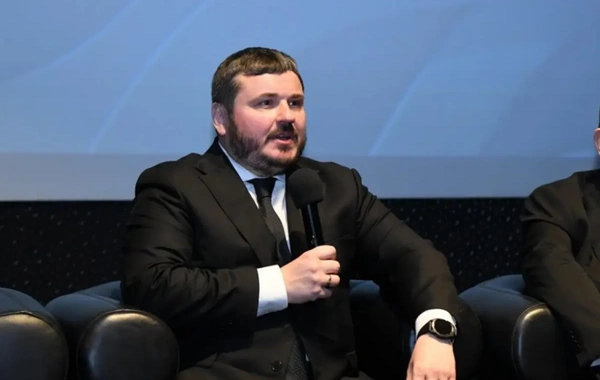Scientists have found a hidden "natural internet" that is under threat

A new study published in the journal Nature Ecology & Evolution reveals an amazing phenomenon: nature functions as a large-scale information exchange network.
A group of scientists led by Dr. Ulrich Brose from the German Centre for Integrative Biodiversity Research (iDiv) and the University of Jena has called this phenomenon the "Internet of Nature." The research shows that ecosystems are governed not only by flows of food and energy but also by a complex system of signals - smells, sounds, and light impulses. This discovery could radically change our understanding of ecological processes and approaches to environmental protection.
What is the natural "internet"?
Ecosystems represent not just linear food chains, but complex information networks. A wolf detecting the scent of a moose and changing direction; a moose hiding at signs of danger; a hyena following a circling vulture in search of food - these are all examples of natural data exchange. Even plants respond to changes in light or temperature, and spiders strategically place their traps in areas where insects gather. These signals, like messages in the digital world, help species survive and maintain ecological balance.
Researchers classified natural signals into three categories:
- trophic connections related to food interactions, when predators track prey by their traces, and victims flee after sensing a threat;
- pure information connections between species that don't interact directly but exchange useful signals, as in the case of the hyena and vulture;
- ecological connections reflecting reactions to environmental factors, for example, when moths fly toward light or chameleons adapt their coloration.
"Understanding processes in ecosystems without considering the flow of information through the Internet of Nature would be like trying to understand where and why goods are shipped in human societies without considering the Internet," explains Ulrich Brose, the lead author of the study.
Why is this important?
Traditionally, ecologists have concentrated on studying food webs, but this is only a fragment of the overall picture. The concept of the natural internet adds a crucial component: the influence of information flows on species behavior and ecosystem stability. When habitat is disturbed, for example, after a fire, species capable of effectively exchanging signals have a better chance of finding safe refuge. If information channels are destroyed, the ecosystem can destabilize even with sufficient food.
"Accounting for the Internet of Nature will change our perception of how animals, plants, and microbes act in the living world," Brose asserts.
Of particular concern is anthropogenic interference in natural communications. Traffic noise drowns out the mating calls of frogs, artificial lighting disorients nocturnal insects, and chemical pollution disrupts the pheromone signals of ants. This is not just physical destruction of biotopes - it's the destruction of nature's very "language."
"Road traffic and industrial structures interfere with the vibrational signals that ants use for coordination," emphasizes study co-author Miriam Hirt.
The research demonstrates that the loss of signals critically affects species' ability to find food, reproduce, and avoid dangers. Scientists propose expanding the concept of nature conservation, protecting not only physical biotopes but also "information corridors" - acoustic landscapes, scent trails, and natural light rhythms.
Understanding information connections in nature will allow more accurate predictions of ecosystem responses to climate change or anthropogenic impacts. New monitoring methods, such as audio recordings of natural sounds or vibration mapping, can become important tools for ecological control. For example, the cessation of frog vocalizations due to noise pollution can serve as an indicator of ecological trouble.
Researchers call for a revision of existing ecological models and approaches to nature conservation. Preserving the natural "internet" requires reducing noise and light pollution, limiting the use of chemicals that disrupt communication, so that all inhabitants of ecosystems - from ants to birds and microorganisms - can maintain their vital information connections.
Similar News
Victoria Bonya almost drowned in the ocean
Blogger and TV presenter Victoria Bonya shared that she nearly drowned while swimming in the ocean in Costa Rica. According to her, the incident happened due to...




 Azərbaycanca
Azərbaycanca  По-русски
По-русски  English
English 






